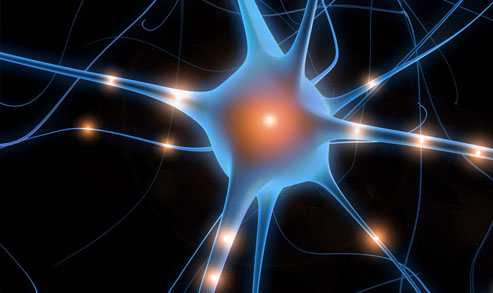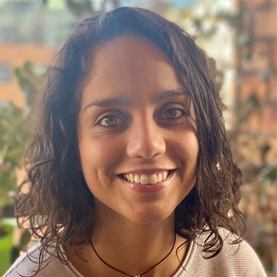
Shamans say that all problems are perceptual in nature. That’s not to say our problems aren’t real. They have a reality, but it is not the only reality and it doesn’t have to be the primary reality. Neuroscience offers us a new way of perceiving a reality shamans have recognized all along: The interconnectedness of consciousness and matter. It’s this perception that helps us not just understand our issues but heal ourselves.
Understanding the nature and biology of your personal misery isn’t nearly as satisfying as freeing yourself from the feeling and perception that your life has been, and will continue to be, an exhausting struggle!
In the 1990s, neurologist Peter Eriksson discovered that our brains experience neurogenesis, that is, we actually are able to grow new brain cells from neural stem cells. The brain cells you lost in your college drinking days, or brain cells that became lost due to injury or Alzheimer’s, can be replaced. At the same time, we can grow new neural networks—brain structures that are formed when experiences cause neurons to fire and communicate with each other through arm-like structures called synapses. The synapses system works efficiently to ensure that information travels quickly through the brain and nervous system.
But what if we want that information to travel differently, along a new route that is supportive of new beliefs and ideas? What if we want to remember a past event not with fear and resentment but with compassion and pride at having overcome a trauma? We can begin to replace the old neural network with a new one and reinforce it so that the old one is retired for good.
To support this process, we have to commit to changing our thought patterns. But as psychology has shown, that’s not an easy task and it takes a great deal of repetition. Affirmations can reinforce new belief systems. Using visualizations to retrain thought processes can do the same. However, there other ways to support the growth of new brain cells and new neural networks. One is by exercising a few hours a week, which increases a reparative substance in the brain called BDNF (brain-derived neurotrophic factor). Fasting for a day or overnight for many hours also increases BDNF. Nutrients such as curcumin (also known as the spice turmeric), DHA (docosahexoenoic acid), and omega-3 fatty acids increase BDNF, as does calorie reduction. These are physical means for boosting BDNF and enhancing the neurogenesis process. There’s also a mental means for increasing it: intellectual stimulation, especially if it involves new activities, or is combined with physical activities (for example, moving in new ways instead of doing rote exercise on a piece of equipment at your local gym).
Now, could there be a spiritual means for increasing BDNF as well? Shamans and ancient indigenous people understood that spiritual practices of meditation and mindfulness alter the way we think, perceive, and feel, not just when we are in the moment of experiencing equanimity, calm, and oneness with the forces of nature, but also when we step back into our ordinary lives. If novel physical and mental actions increase BDNF, it makes sense that the changes in perception we experience when we have a regular spiritual practice influence our neurogenesis and neural network rewiring as well.
Research has shown that the brains of individuals who do mindfulness-based stress reduction (MBSR) for as little as half an hour a day over the course of eight weeks show changes in the parts of the brain associated with memory, learning, and emotional self-regulation.
For the shaman, there is no separation between the body, the mind, or the spirit. All approaches to healing affect all three aspects of our being. The mindful practices of the shamans may be key to remembering the past with compassion instead of pain, for appreciating the insights gained instead of reliving the suffering we once experienced.
When we stop looking for the magic supplement or exercise, the spiritual experience that will cure all our suffering once and for all, or the psychological technique that offers a permanent fix for unhealthy thought patterns, we can recognize the value of all of these interventions and incorporate them into our plan for healing and reinvention.







